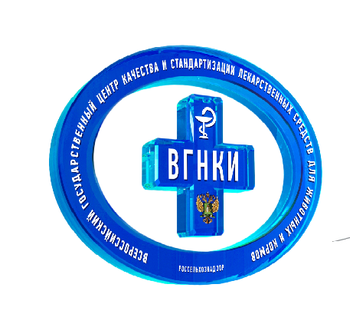
From 2016 to 2018 on the basis of the Testing centre of the fgbi "VGNKI" was conducted applied research on a topic "developing an integrated approach of prevention of occurrence of lesions of animals and humans mycotoxins and phycotoxins by introducing a system of multicomponent monitoring of feed and feed ingredients and food products." The purpose of this research was to create methods of multicomponent definition a wide range of new and yet poorly understood Miko and phycotoxins.
Mycotoxins are toxic compounds released by some species of fungi. Mold appears on cereals, nuts, coffee beans, apples, dried fruit and other foods by improper storage, high temperature and humidity. According to data from the world health organization, effects of mycotoxins on the health of humans and animals takes many forms: from the appearance of acute intoxication before the development of immunodeficiency and cancer. The content of mycotoxins in food products is regulated in Russia and in other countries the established standards, and to determine such toxins are available a number of techniques. However, these techniques cover only a small portion of the compounds.
Every year scientists discover new, or so-called emergent mycotoxins. The purpose of the scientific staff of the office of food safety VGNKI was to develop methods that will allow a single sample to identify from many different mycotoxins, including a new, i.e. emergent. The most famous threat of emergent mycotoxins, the content of which in food and feed is not yet regulated are alternariol, annetine, moniliformin.
A similar situation exists with micotoxine – toxic to humans and animals, substances which emit about 100 species of marine, freshwater and soil algae. One of the reasons why the algae produce toxic compounds, the competition between different species of algae for nutrients and other resources. Many types of phycotoxins not well understood, and for the determination of these compounds in food products in the Customs Union have only three methods, not covering a large part of phycotoxins.
To create new methods for determining MICS and phycotoxins for three years of work, scientists VGNKI optimized individual settings of the mass spectrometer hundreds of compounds. We have also optimized the parameters for the chromatographic separation of the different toxins in one sample; to optimize needed to put thousands of experiments. Research staff worked out ways of extracting toxins and tested methods on samples of food (including shellfish), fodder grain and mixed fodders.
After making methods in the Federal register of new developments VGNKI will be able to use the specialists of the Rosselkhoznadzor laboratories and other specialized laboratories throughout the country.
Translated by service "Yandex.Translation"










